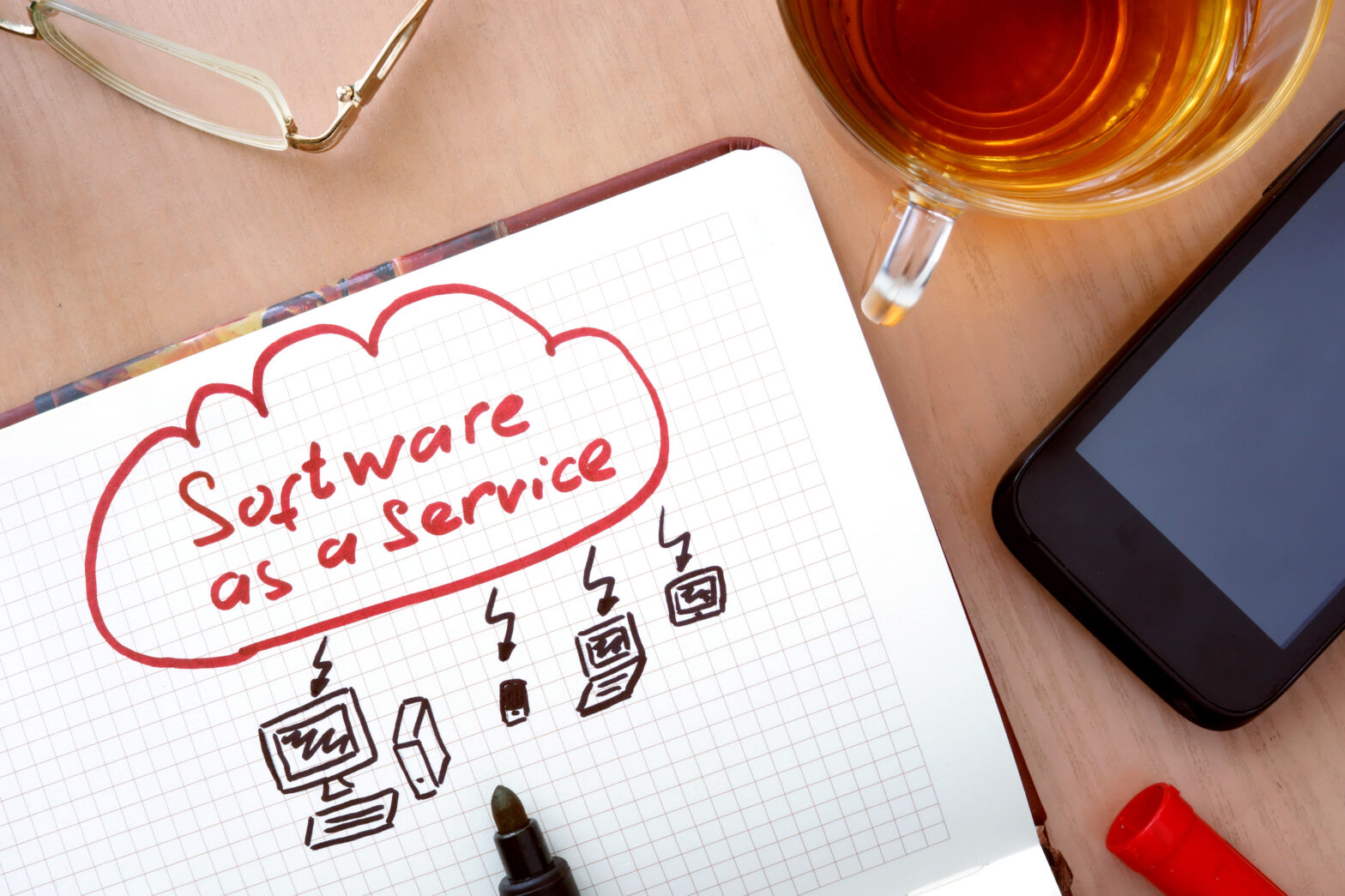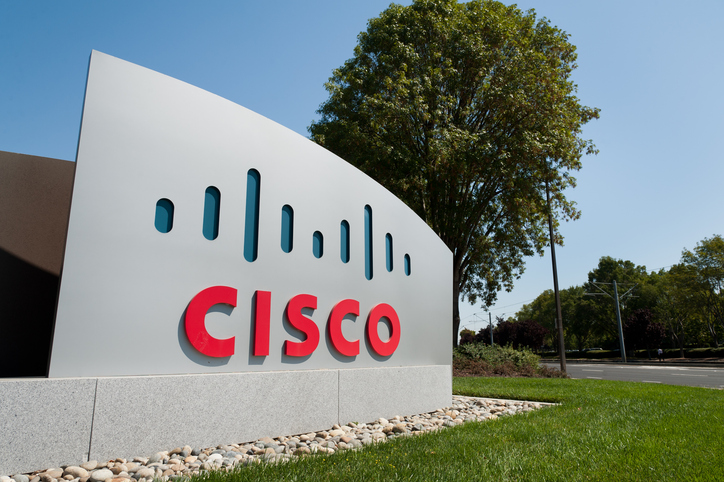Once passed off as a niche software delivery model, suited only to small businesses using highly commoditised applications, software-as-a-service (SaaS), in 2007, proved itself once and for all as a legitimate, and alluring, alternative to on-premise software for companies of any size.
The evidence was everywhere to be seen. On-demand customer relationship management pioneer Salesforce.com continued to extend its enterprise-wide user roster – that already includes Cisco, ADP, Merrill Lynch and Sprint – in November with a 25,000-user deal with Citibank, the world’s largest financial services provider.
Technology giants revealed their new-found faith in the model with their acquisition activity. Networking giant Cisco bought web conferencing provider and SaaS early-starter WebEx in March, and computer manufacturer Dell acquired SaaS desktop management provider Everdream in a bid to take its services arm into new territory.
Hewlett-Packard announced that it would be leveraging the assets of Mercury, the systems management provider it acquired in 2006, to provide customers with on-demand systems management services such as software portfolio management and availability testing.
And SAP, having once dismissed Salesforce.com as a ‘one-trick pony’, proceeded to mimic that very trick when it made its own foray into the SaaS world with the announcement of Business ByDesign. Due for release in mid-2008, the on-demand business applications service is aimed at mid-sized organisations of between 150 and 500 employees: the market sweet spot that is too large for its small business range but that cannot afford the consultancy required for its larger implementations.
As that underscores, the breadth of services delivered via SaaS has quickly diversified. Alongside CRM, HR accounts and other mainstream business areas, services have now emerged for on-demand data warehousing, storage and security.
The industry buzz around SaaS mirrors market demand for such services. According to research conducted by business communications provider Colt Telecom, 88% of UK IT directors expect to increase their use of SaaS by 2009. Analyst Gartner predicts the worldwide market for SaaS to grow from $6.3 billion in 2006 to $19.3 billion in 2011, when a quarter of all new software bought will be delivered as a service.
Consultant Saugatuck Technology also observes a rapid take-up of SaaS. It predicts that the number of organisations using at least one SaaS application will reach 47% by 2008, up from 11% in 2006.
While the viability of SaaS is no longer in question, there is still a pressing requirement to establish best practices in SaaS. This is a necessity for both service providers and users if SaaS is to fulfil its potential.
Cost control
The main attraction of SaaS has always been its low upfront cost. The monthly subscription basis of SaaS contracts means that there is less financial risk associated with deployment, and it allows IT procurement to be accounted for as an operating cost rather than as a long-term investment.
But Dale Vile, co-founder of IT analyst Quocirca, warns that the monthly subscription should not be the only reason for adopting SaaS. He recommends that organisations interested in a SaaS offering dissect it into three components: the pricing model, the reduced hardware costs and the reduced management costs.
“If it is [only] the subscription approach that appeals, you can take advantage of this without having another party manage or host your applications,” says Vile. “If all three elements seem relevant and attractive then SaaS is worth looking at, but if only one or two out of the three appeals, look for the products, services and commercial terms that fit your requirements,” he advises.
The nature of SaaS contracts opens up the opportunity for payment structures that are more closely tied to the business value delivered. Although the monthly subscription fee model is the existing billing mechanism among SaaS providers today, tying payment to business success as measured by, for example, successful transactions, can be beneficial to both vendor and customer.
Kevin Aspindle, director of European partner programmes at Progress Software (which counts several SaaS providers among its customers), observes that the most successful companies are those that have employed a value-based billing model.
As this suggests, the most popular SaaS providers are often those that offer a business service through software, rather than merely software over the Internet.
Progress Software customer KCS RightSource, for example, is a human resources service provider that counts the UK operations of the US Army and Navy among its customers. When, in 1999, group CEO Alan Snell saw much of his business going to outsourcers, he knew that the company had to change its business model.
KCS RightSource now offers its customers a web-hosted application to manage payroll and time-and-attendance functions, which delivers clerical work to employees back at KCS’s headquarters.
The company has, in a sense, become an outsourcing provider itself. But by using a SaaS interface as the point of contact with the client it can compete on price, and reach a wider audience of smaller organisations than traditional outsourcing providers. That has precipitated an average annual rate of revenue growth of 100% every year since 2001.
The current perception of an ideal SaaS proposition is one that replaces an on-premise application with a web-based facsimile. However, organisations that select SaaS providers on the basis of supplementary business services and value-based billing will find it easier to make a business case and to achieve a return on investment.
Integration on demand
The difficulty with which SaaS applications integrate with legacy, on-premise software has proven to be a cap on their usefulness to the enterprise. That explains why SaaS has been most successful in the CRM arena: salesforce automation software can be, and often is, a stand-alone function.
Salesforce.com’s answer to the difficulties associated with SaaS integration has been to remove the need by building an entire on-demand application platform. This now comprises a software marketplace (the AppExchange), a programming language (APEX) and even a social network for businesses (Salesforce2Salesforce) – all of which are hosted on Salesforce.com’s servers but populated by both the company and its partners.
Some see this on-demand platform as the future of computing, with everything executing ‘in the cloud’. Others see it as an attempt by Salesforce.com to establish a proprietary platform that locks its customers in just as firmly as the legacy platforms that SaaS was supposed to help them escape.
In the enterprise space, however, there is already a technology movement under way that offers guidance on how to integrate web services: service-oriented architecture (SOA). And SaaS providers have been keen to join the SOA movement, spying there an opportunity to infiltrate enterprise software stacks.
“[SaaS] vendors get it,” says Robert Schneider, a consultant and author on the topic of SOA. “SOAP-based, WSDL-defined services have become the de facto standard for integration with SaaS solutions.”
Organisations hoping to integrate the SaaS applications with legacy systems need look no further than the principles of SOA to find out how to do so. Of course, the infrastructure for an SOA can be prohibitively expensive, but that too can be sourced on an on-demand basis: for example, on-demand business applications suite provider Workday uses a hosted enterprise service bus (the central hub of an SOA) to integrate with its customers’ systems.
However, while the technology is available to integrate SaaS with on-premise software via SOA, whether or not the SaaS providers can offer the necessary reliability, scalability and fault tolerance is another matter.
Service level agreements offered by SaaS providers tend to be based on the simple metric of availability. This is appropriate for single-application implementations, but if SaaS is to integrate into a mesh of on-premise software, the SLAs will have to become more sophisticated and include other measures such as average response time.
In time, market forces will drive SaaS providers to improve and refine the services they offer so that they are more suitable for enterprise deployment. Given the ease with which SaaS contracts can be started up and terminated, this process will arguably demand a faster engineering programme than any traditional software vendor has ever had to deal with.
Further reading
Cultivating CRM The customer relationship management market is the testbed for new application paradigms










